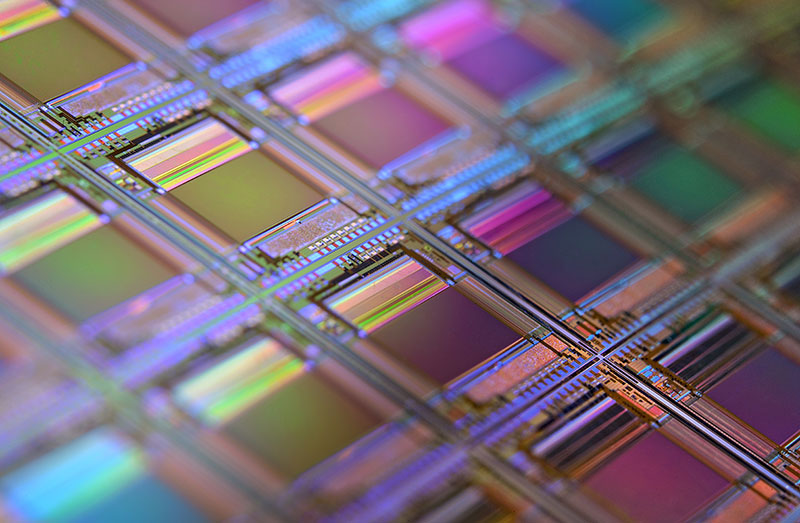Researchers at the University of Technology Sydney (UTS) are embarking on a two-year $1.2 million project with the Australian Department of Defense to examine how truly cutting-edge technologies could use brainwaves to command and control autonomous vehicles.
Read more Elon Musk Demonstrates Neuralink Brain-Computer Interface with Live Pigs
The research team is led by Distinguished Professor CT Lin and Professor Francesca Iacopi. The team will integrate cognition neuroscience and device engineering to develop wearable technology.
Human-robot interaction will be improved by the integration of electrical brain signals from miniature physiological sensors with a brain signal decoder. Communication by brain waves will abrogate the need to control a robot manually. The flow of information will allow them to direct the robot and correct any erroneous moves, reports UTS.
“I want to improve the flow of information from humans to robots, so humans can make better-informed decisions and respond to complex, stressful situations,” says Professor Lin, CT Lin, who is also the Director of Computational Intelligence and Brain-Computer Interface Lab in Australian AI Institute.

Professor Francesca Iacopi is an internationally-recognized expert in nanotechnology. She will apply cutting-edge devices and materials technologies to produce the sensors Professor Lin will use for the wearable system.
She and her team’s ground-breaking work transform advances in nanomaterials and new device concepts into effective technologies, specifically using graphene – a single, thin layer of graphite, the same material found in an ordinary pencil.
Graphene is often referred to as a ‘supermaterial’ as it is one of the thinnest, lightest and strongest materials known. Its advantages in this project include its compatibility with skin, its high electrical conduction, and its resilience.
In this interdisciplinary collaboration, UTS researchers will develop miniaturized, customized graphene-based sensors, and brain-wave decoders which will be smaller, more ergonomic, and biocompatible than the off-the-shelf ones.
Read more Brain Advantage, The Wearable Device That May Improve Brain Performance
This is technology at a very early stage, with vast potential for applications across multiple industries, including in the medical and biotechnology, education and training sectors.












